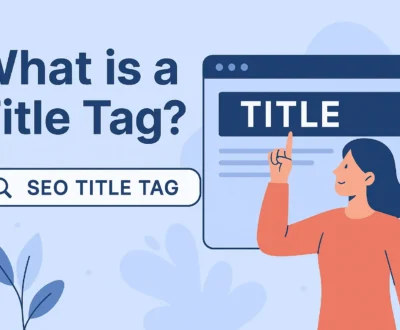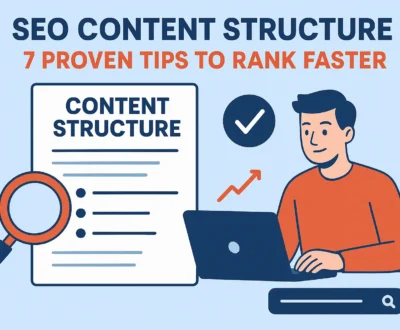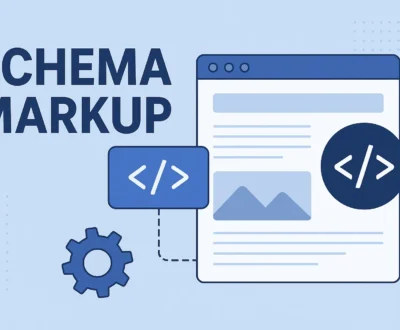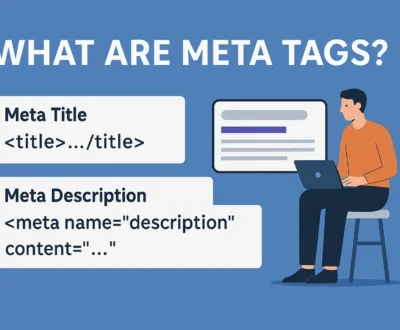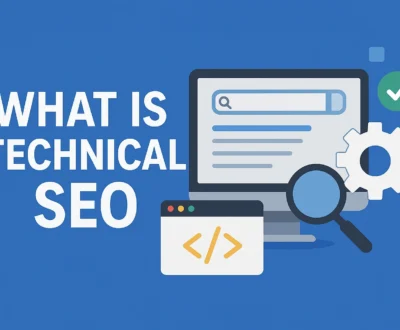On-Page SEO Checklist: Boost Google Rankings in 2026
- November 13, 2025
- Digital Marketing, On-Page SEO, Search Engine Optimization(SEO)
If your website isn’t ranking as high as you’d like, it’s time to refine your on-page SEO strategy. The secret to ranking well on Google lies in mastering the fundamentals, and that starts with a complete on-page SEO checklist.
Whether you call it an on-site SEO checklist, an on-page optimization checklist, or even an SEO on-page optimization checklist, the goal is the same: to help search engines and users understand your content, improve engagement, and drive organic traffic.
In this article, you’ll find the ultimate on-page SEO audit checklist for 2025 — simple, actionable, and effective. Let’s learn more.
On Page Optimization Checklist: What Does it Include?
On page seo audit checklist requires you to cater to the following pointers:
Start with Solid Keyword Research
Every powerful on-page SEO checklist begins with in-depth keyword research. You need to know what your audience is searching for before you create or optimize content.
Use tools like Google Keyword Planner, Ahrefs, or Ubersuggest to find:
- Primary keywords: These are your main target phrases (e.g., on-page SEO checklist).
- Secondary keywords: These are the related terms, such as on-site SEO checklist or on-page optimization checklist.
- Long-tail keywords: These are the specific phrases that capture user intent.
Once you have your keywords, integrate them naturally into your content. Thus, you must ensure there is no stuffing and just strategic placement.
Craft a Perfect Title Tag
Your title tag is one of the first things users (and Google) see, so it is best to make it keyword-rich, concise, and attention-grabbing.
Best practices for drafting a perfect title tag are:
- Keep it under 60 characters.
- Add your main keyword near the beginning.
- Make it compelling and benefit-driven
Write an Engaging Meta Description
Meta tags are very important for SEO. While meta descriptions don’t directly influence rankings, they impact click-through rate (CTR). You can optimize your meta description by following the tips below:
- Keep it around 150–160 characters.
- Include your target keyword once.
- Write a clear, enticing summary with a call to action.
Use Header Tags Strategically
Header tags (H1, H2, H3) give your page structure and help search engines understand the content hierarchy. The best practices include:
- Use one H1 tag for your main title.
- Break content into sections with H2s and H3s.
- Include variations of your keywords where relevant.
Focus on High-Quality Content
Search engines love fresh, valuable, and original content. If your page doesn’t deliver what users are looking for, it won’t rank, no matter how optimized it is. Thus, to ensure your content is relevant, it is the best ideal to gauge the search intent of the keywords you are incorporating in the content:
To meet user intent:
- Write in a clear, conversational tone.
- Add examples, data, and visuals.
- Aim for depth over length; value matters more than word count.
Quality content is the foundation of any on-page optimization checklist.
Optimize Your URLs
A clean, keyword-focused URL improves both user experience and SEO. Moreover, it gives the crawlers a clear idea about how your website is structured.
Here’s an example of good and bad URLs:
- /post?id=12345 - a big no!
- /blog/on-page-seo-checklist - a perfect SEO optimized URL.
Short, descriptive URLs look professional and are easier for search engines to crawl.
Strengthen Internal Linking
Internal links connect your web pages and distribute authority across your site. They also keep users engaged longer, thus reducing bounce rate.
Pro tips for a strong internal linking across the website:
- Use descriptive anchor text.
- Link to related, relevant pages
- Keep it natural, just 3 to 5 internal links per post is ideal.
This step is crucial in every on-site SEO checklist because it strengthens your site’s overall SEO structure. Moreover, you can also check out our blog on what is SEO to learn more about the SEO structure.
Optimize Images for SEO
Optimizing images is absolutely necessary for on-page SEO. Images enhance your content, but unoptimized visuals can slow down your site.
To fix that, you must include the following in your on-page seo checklist:
- Compress images before uploading.
- Add descriptive file names and alt text (with your keyword)
- Use next-gen formats like Web.P
Improve Page Speed
Page speed is one of the top Google ranking factors and an essential part of the user experience. Moreover, you can check out the technical SEO related aspects of your website through Google’s PageSpeed Insights.
Ways to boost the speed of your page are:
- Minify CSS and JavaScript files
- Enable browser caching
- Use a Content Delivery Network (CDN)
- Use responsive images
Ensure Mobile-Friendliness
Another important aspect of the on-page SEO checklist is ensuring your website is mobile-friendly and responsive across all screen sizes. With most searches happening on smartphones, mobile optimization is non-negotiable.
Checklist includes the following to ensure mobile-friendliness:
- Use a responsive design.
- Avoid intrusive pop-ups.
- Test your site on multiple devices.
Google’s mobile-first indexing means your mobile version is what’s primarily ranked. So don’t ignore this step in your on-page SEO audit checklist.
Add Schema Markup
Schema markup helps search engines better interpret your page and can boost your visibility with rich results (stars, FAQs, reviews). Use Google’s Structured Data Markup Helper to generate schema for articles, products, or events easily.
Regularly Audit and Update
SEO isn’t a one-time effort. It is an ongoing process. It is best to review your website every few months using an on-page SEO checklist:
- Fix broken links.
- Refresh outdated information.
- Monitor performance with Google Search Console.
- Consistent updates signal freshness to Google and help maintain rankings.
Mastering this on-page SEO checklist will help your site perform better in search results, attract the right audience, and deliver a seamless user experience. It is best to create valuable content, structure it well, and make it easy for both users and search engines to love. Moreover, if you are looking for top-notch SEO services, contact The Golden Ink Media now!
Priyanka is a long form content writer with experience of over 5 years. She has worked in multiple industries including real estate, ecommerce services and products, hospitality, business formation, and more. In her free time, she loves to read books, click photographs, and listen to podcasts.
About us and this blog
We are a digital marketing company with a focus on helping our customers achieve great results across several key areas.
Request a free quote
We offer professional SEO services that help websites increase their organic search score drastically in order to compete for the highest rankings even when it comes to highly competitive keywords.
Subscribe to our newsletter!
More from our blog
See all postsRecent Posts
- What is a Title Tag? A Complete Guide for Beginners December 7, 2025
- SEO Content Structure: Tips to Rank Faster November 30, 2025
- What is the Alt Text in SEO? November 26, 2025


